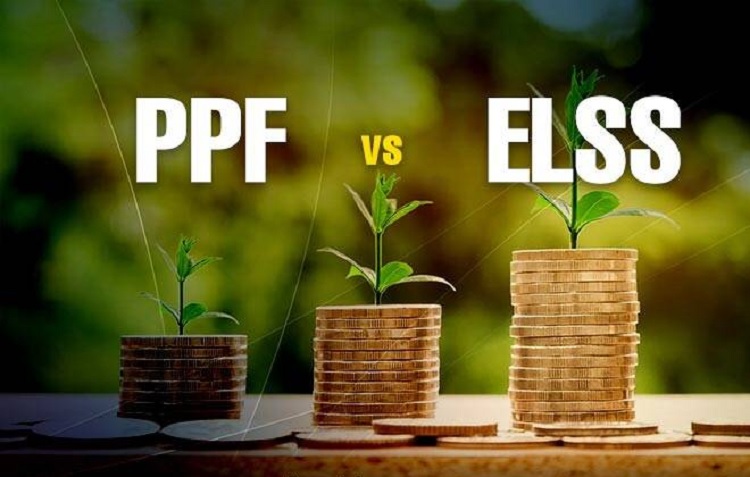Equity Release: Unlocking the Value of Your Home in Retirement

As the cost of living continues to rise and life expectancy increases, many retirees find themselves facing financial challenges during their golden years. For some, maintaining a comfortable lifestyle can be difficult, especially if their primary asset is their home. In such situations, equity release has emerged as a popular financial solution, enabling homeowners to access the value tied up in their property without having to sell or move out.
What is equity release?
Equity release is a financial product designed primarily for older homeowners, typically aged 55 and above. It allows them to release a portion of the equity built up in their property as either a lump sum or regular income, while still retaining the right to live in their home. This process essentially converts the value of the property into cash, providing homeowners with extra funds to meet various needs, such as covering medical expenses, home renovations, or even funding a dream vacation.
There are two main types of equity release plans: lifetime mortgages and home reversion schemes. The most common one is a lifetime mortgage, where homeowners can borrow against the value of their home. The borrowed amount, along with interest, is repaid when the homeowner passes away or moves into long-term care. On the other hand, home reversion schemes involve selling a portion or all of the property to a provider in exchange for a tax-free lump sum or regular payments. The homeowner retains the right to live in the property as a tenant without paying rent until they pass away or move into care.
What are the advantages and disadvantages of equity release?
One of the key advantages of equity release is that it offers a lifeline to retirees with limited income and limited options for generating additional funds. It allows them to maintain their quality of life and independence without the stress of selling their cherished family home. Moreover, there is no restriction on how the released funds can be used, providing homeowners with the freedom to spend the money as they see fit.
However, equity release is not without its considerations and potential drawbacks. Since interest accumulates over time, the final amount to be repaid can significantly increase, impacting any inheritance left for beneficiaries. It is essential for homeowners to seek professional financial advice and carefully assess their future financial needs before committing to an equity release plan.
To protect consumers, equity release products are regulated by financial authorities, and providers are required to be members of the Equity Release Council, ensuring certain safeguards, such as the “no negative equity guarantee.” This guarantee ensures that homeowners or their beneficiaries will never owe more than the value of the property, even if the outstanding loan amount surpasses the property’s worth.
In conclusion, equity release can be a valuable financial tool for older homeowners to unlock the value of their property and improve their retirement lifestyle. It offers the potential to enjoy the fruits of a lifelong investment while still residing in the comfort of one’s home. However, careful consideration, expert advice, and understanding of the long-term implications are crucial before embarking on an equity release journey to ensure it aligns with individual financial goals and needs. If you are interested in investing in equity release or would like to find out if it is right for you, companies such as Hub Financial Solutions offer an equity release advice service with a no-obligation guarantee.




